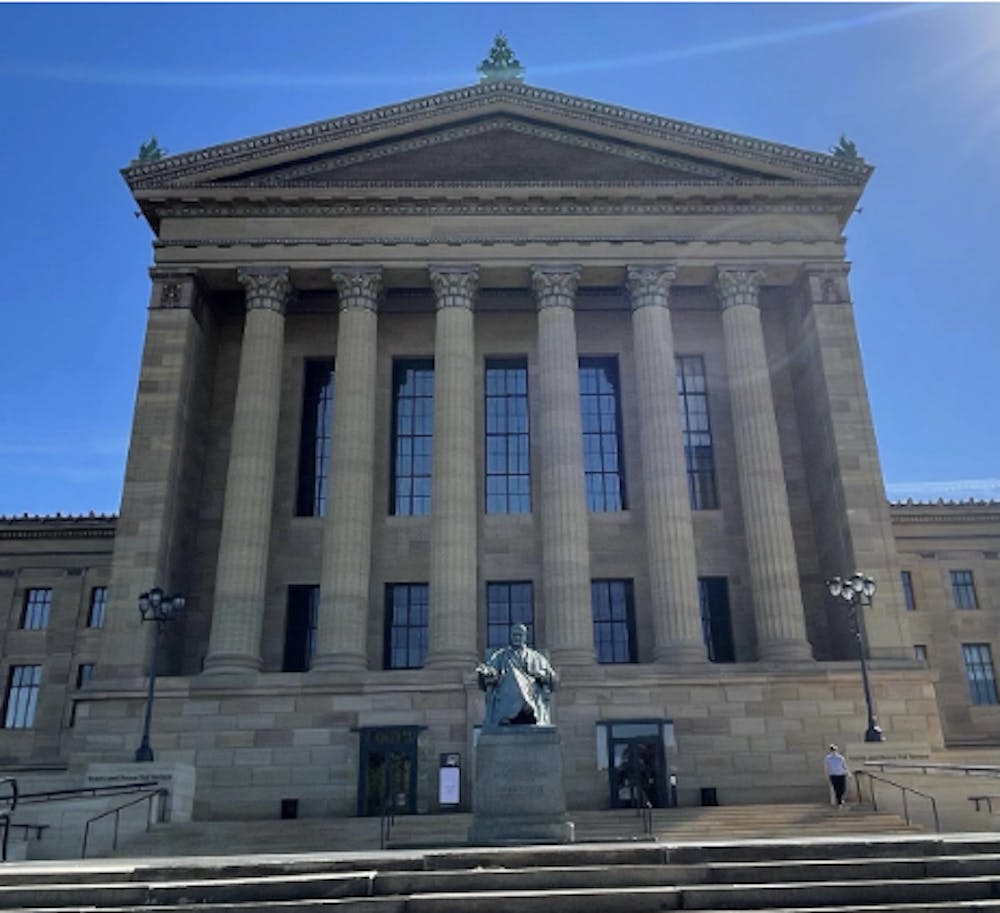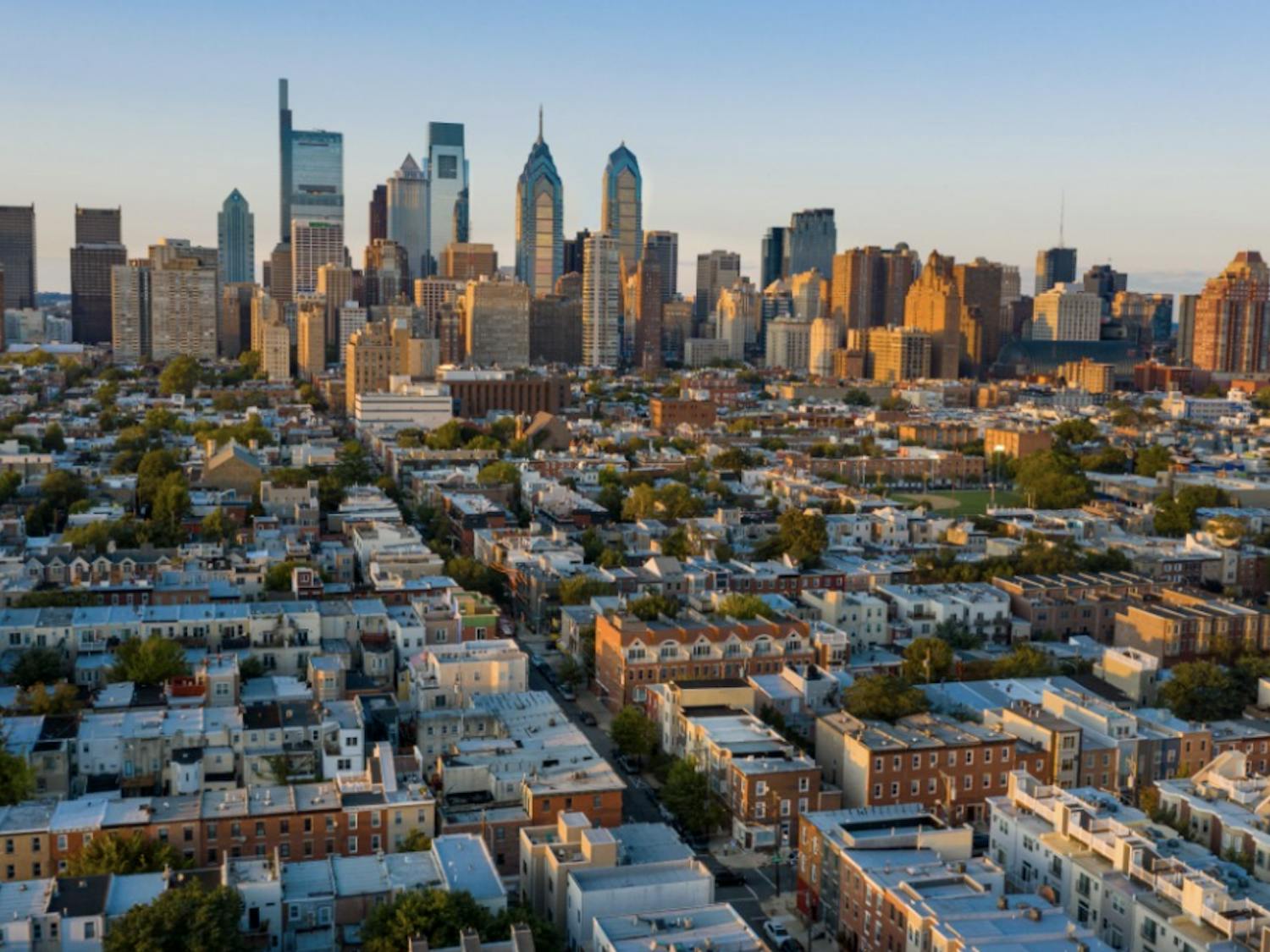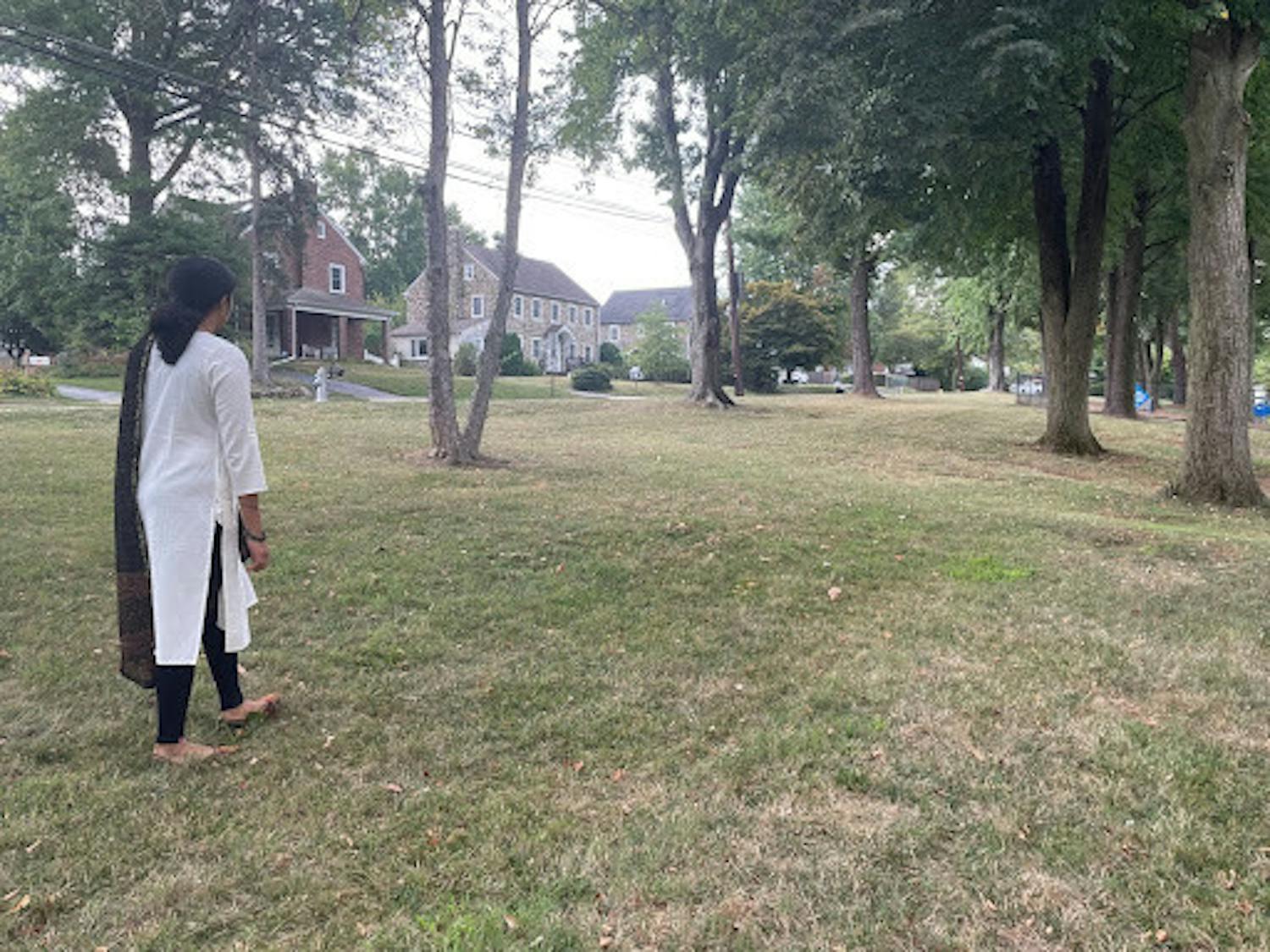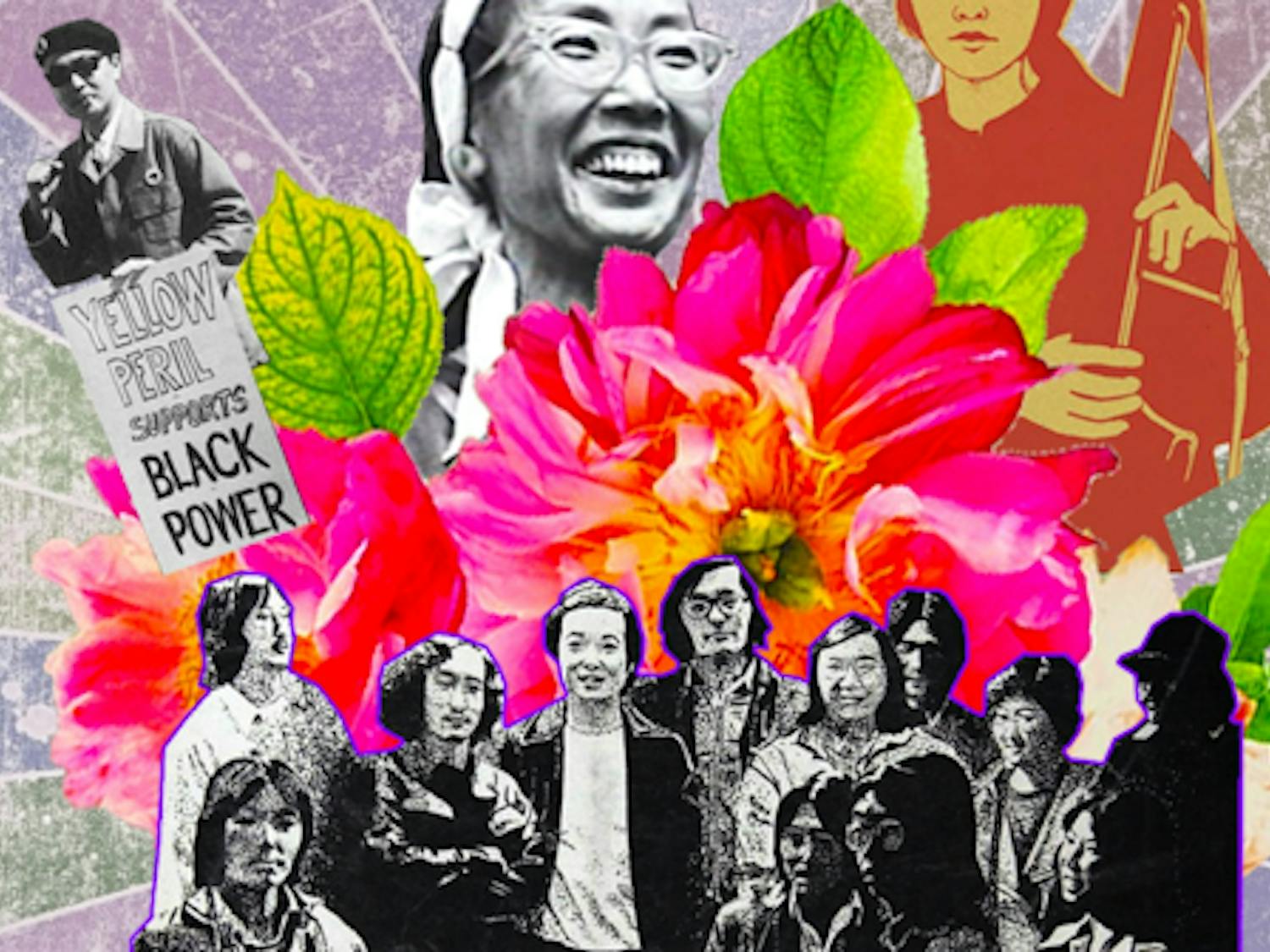On October 17th, workers at the Philadelphia Museum of Art reached a deal on their union contract, with 99% of the workers voting to approve. This ratification ended not only a 19-day strike but 2 years of begrudging debate between the union and museum directors.
This began with the creation of the American Federation of State, County, and Municipal Employees’s (AFSCME) in the spring of 2020. This union was a long time coming for PMA (Philadelphia Museum of Art) workers. AFSCME represented 190 members and sparked the need for an initial contract within the workers.
Meeting consistently throughout these 2 years, the museum has attempted to settle with numerous propositions, to which the union has declined. In an interview with WHYY, Union President Adam Rizzo claimed that “the museum has come to us with really meager proposals that don’t even begin to address the fact that wages at the museum are wildly depressed compared to other museums at the same budget scale. We’re paid, on average, 20% less than other museum workers at similar museums.” In the last few years, the PMA has lost workers due to better wages found at the Barnes Foundation and PAFA. An increase in salary was a main objective of the union, along with health care and parental leave.
These major priorities for the union are addressed clearly in the contract, which will remain effective until 2025 when a new contract will be negotiated. The deal will increase salaries by 14%, create a minimum salary of $42,000 and raise the minimum hourly wage to $16.75. Four weeks of parental leave will also be added along with a reduction in the cost of the employee health care plan.
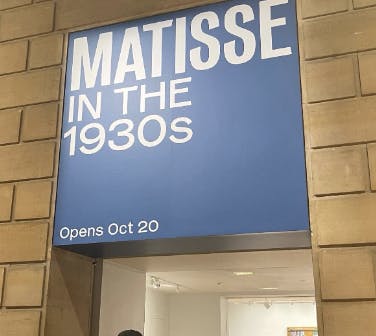
Matisse in the 1930s exhibit at the PMA | Ana Sorrentino
During the strike, the museum stayed open. Visitors had to walk through the picket line to enter the building. Many museum members boycotted alongside the union, refusing to cross the picket line, which decreased visitor volume for the length of the strike. The strike also came at an inconvenient time for museum administration, since the PMA was in the process of opening their major international exhibition Matisse in the 1930s on October 20th. Picketers used this as a rallying cry and could be heard chanting “No justice, no peace. No contract, no Matisse.” The administration was allegedly forced to resort to non-union art handlers to install the show, causing indentation among the strikers.
The resolution to the strike, coming three days before the opening of the exhibition is no coincidence for either party. There’s motivation behind the museum administration management hoping to draw attention away from the strike and onto the “once in-a-lifetime” exhibition. Which ultimately helped the union workers.

Henri Matisse, “Window in Tahiti”. Oil on canvas. 1935 | Ana Sorrentino

Henri Matisse, “Women in Blue”. Oil on canvas. 1937 | Ana Sorrentino
Enjoy what you're reading?
Signup for our newsletter
Throughout the 19 days, there was also criticism surrounding Sasha Suda, the new director of the PMA. She surprised workers and citizens alike when she chose to stay out of the negotiation process. The union questioned her whereabouts in the process, creating a large banner reading “Where in the world is Sasha Suda?”. In a recent interview with the New York Times, Suda remarked that the agreement was a long time coming: “It demonstrates that no matter how complex things are, we are able to work together. And I really believe that we’ve laid a solid foundation.”

